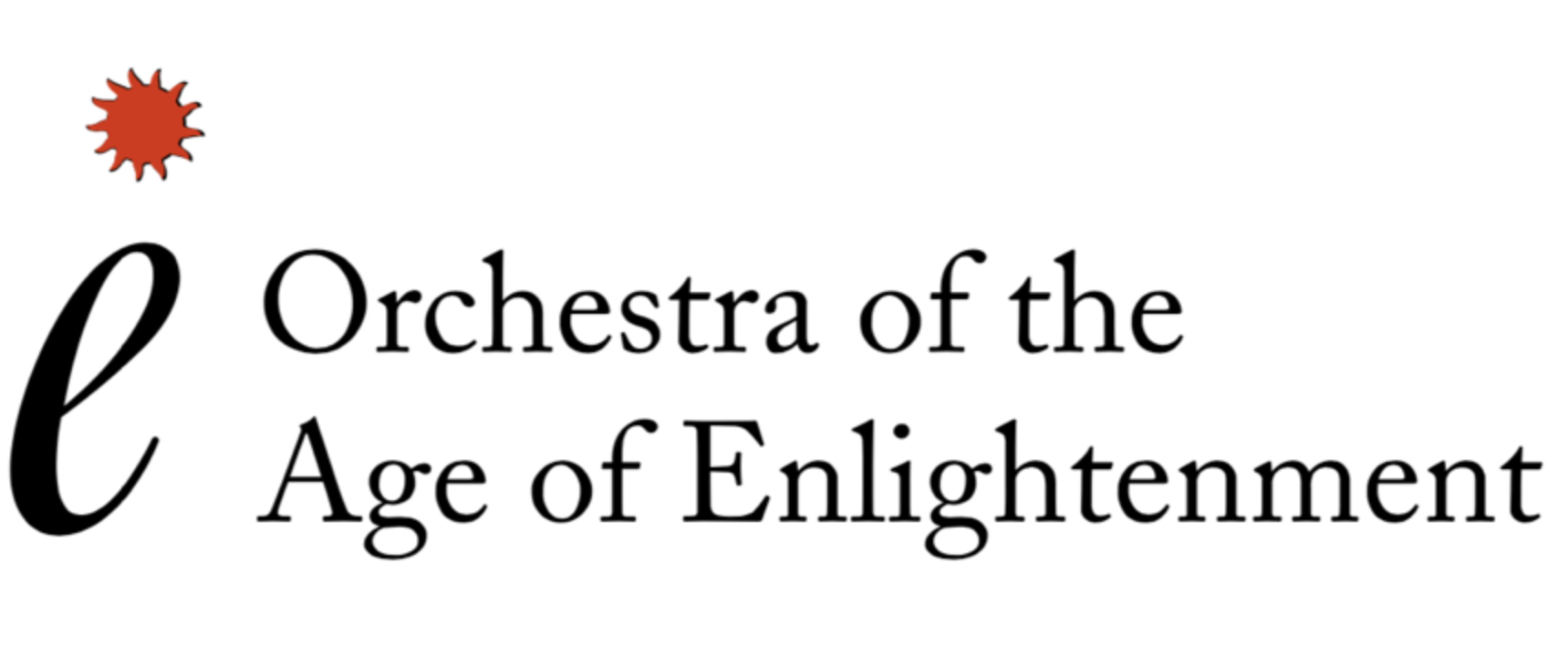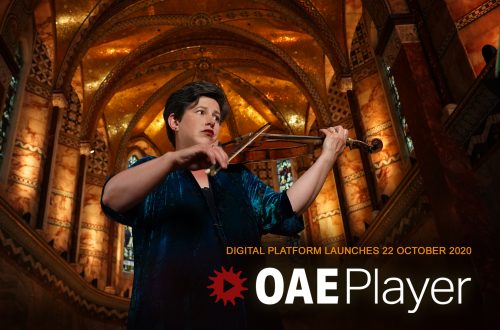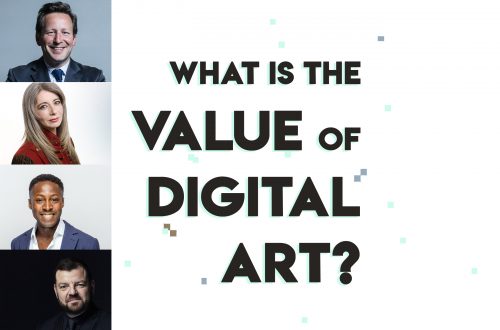The Value of Digital Art : creating a Utopian concert hall 8 October 2020

Free access to online performances – via streaming, youtube, social apps, personal websites -means making a living through digital art is a near-impossible task. We might still, however, find value in the lessons we can learn about classical music culture, from concert hall to TikTok.
A few months ago, a spiral of memes circulated TikTok, mocking the social media etiquette of millennials. Prevalent in the UK amongst under-25s, the video-sharing platform TikTok has surpassed Facebook and Whatsapp as the world’s most downloaded non-gaming app. Its users can film, edit and share 15-second clips, and, like any other social app, discover a mixed bag of unlimited creative capacity alongside potential for cruelty, cults, questionable algorithms and security concerns. It has ironclad ability, according to pop-culture journalist Rachel Aroesti, to make anyone born before the turn of the millennium feel like a bewildered OAP. People in the UK have been spending more time on TikTok since the lockdown and isolation measures were introduced. The creation of a meme which scrutinises content made by new, older TikTok users suggests, however, that not everyone met the standards of Generation Z.
Upon the closure of venues this year, swarms of freelance musicians – like me – have been vigorously attempting to share their output online, without a marketing and social media team behind them. The thing is, when it comes to digital creations, 14-year olds were at it since long before the pandemic. 2019 trends included the Raindrop challenge, Fake travel challenge, Old Town Road meme, political makeup tutorials… Feel like an outsider? Me too. Consider, then, the orchestral concert, and its long-established culture of traditions. A ticket might be priced similarly to that of other genres, but to sit and watch the leader’s silent nod for an A from a different instrument, followed by various stages of tuning noise across the sections, could be bewildering. This precedes a silent suspense, the appearance of a conductor for some theatrical hand shakes, and, of course, the music itself, which at times includes a break in which you’re expected to cough not clap. Dress codes, norms, who do these traditions serve? Given the masses of free music-related content online, the value of digital art instead may be that it allows us to contemplate or rethink how the concert hall operates when it reopens its doors. What practices could we adopt, learning from the digital playground of school-age creators?
My self-employed colleagues and I mostly struggle through the indignity of ‘work-related’ social media: figuring out what to post and when to obtain engagement, balancing off-the-cuff personal insights with high-quality edited performance videos, the uncomfortable nature of self promotion. By contrast, Generation Z have been using TikTok to build a community within which they express themselves without so much of the social media stigma. A 2019 report by consultancy firm JWT Intelligence comments on how acutely polished, perfectly arranged photos have given way to spontaneous live videos, stream-of-consciousness storytelling, and old-school photography. Whilst millennials are known for contributing selective real-life experiences (worthy of sharing based on aesthetic trends or ideals), tech is arguably integrated more seamlessly into younger people’s friendships and interactions. Digital landscape is not a self-conscious performance or careful curation space, rather, an extension of the self, an absurdist outlet with unparalleled access to information and inspiration from the creative expressions of communities around the world. It is possible to build a career on social media, but JWT report that more than half of the under-25 survey respondents use social apps to express themselves creatively, whilst only one fifth use social media to develop or create a brand.
I am not suggesting that all classical musicians must make viral videos on TikTok, become ‘internet famous’ playing pop covers or making comic ‘Twoset violin’-style channels, or become an overnight social media entrepreneur. It would be easy for a marketing team to pay the right influencers to attend any old symphony, post about it on Instagram – perhaps with hashtags relating to wellness and ‘unplugging’ – and sell tickets to youngsters who might otherwise not take interest. My point is more that if we’re putting out loads of free stuff – concerts, live streams, behind the scenes snippets – could we be using tech to build a collective classical music community? Not a commentary or discussion feed, not a plugging platform, but unspooling material and sharing of liberated self-expression, spontaneity, authenticity (whatever that is), engaging with each other and inviting others to join or connect with our realm, to donate to its existence. And when we invite others into to this utopian, global, collaborative, virtual performance space, could the real value of these digital margins be that we can invite all its participants to the concert halls as they reopen?



